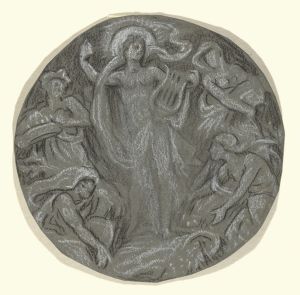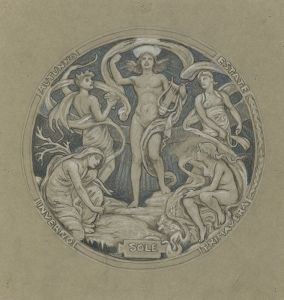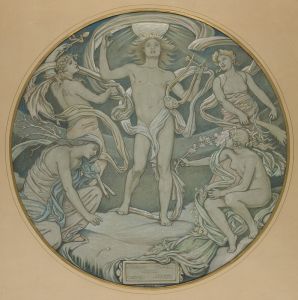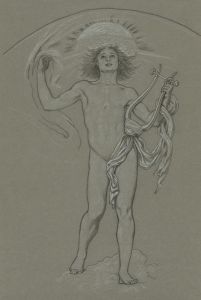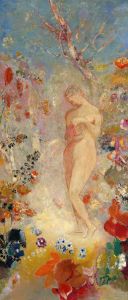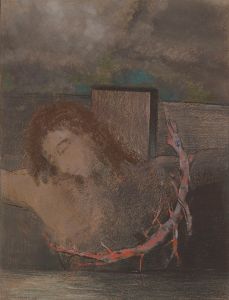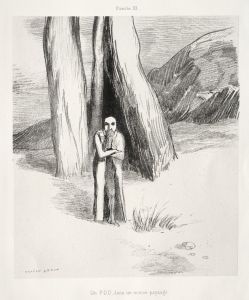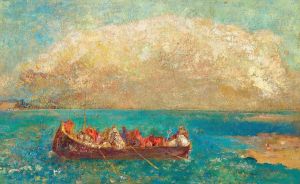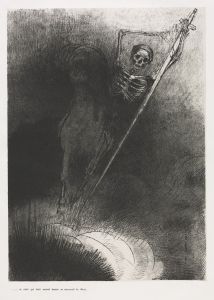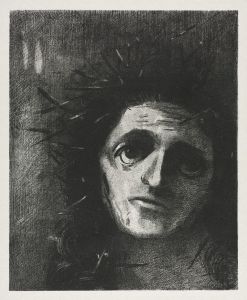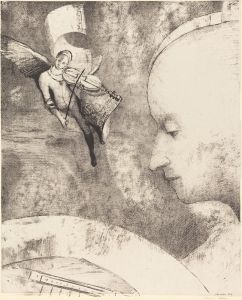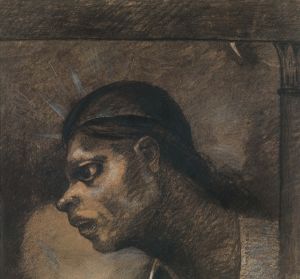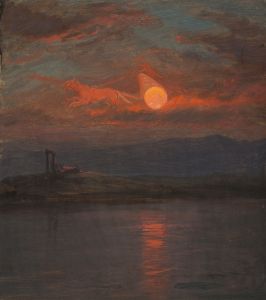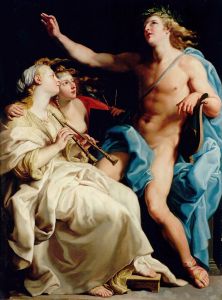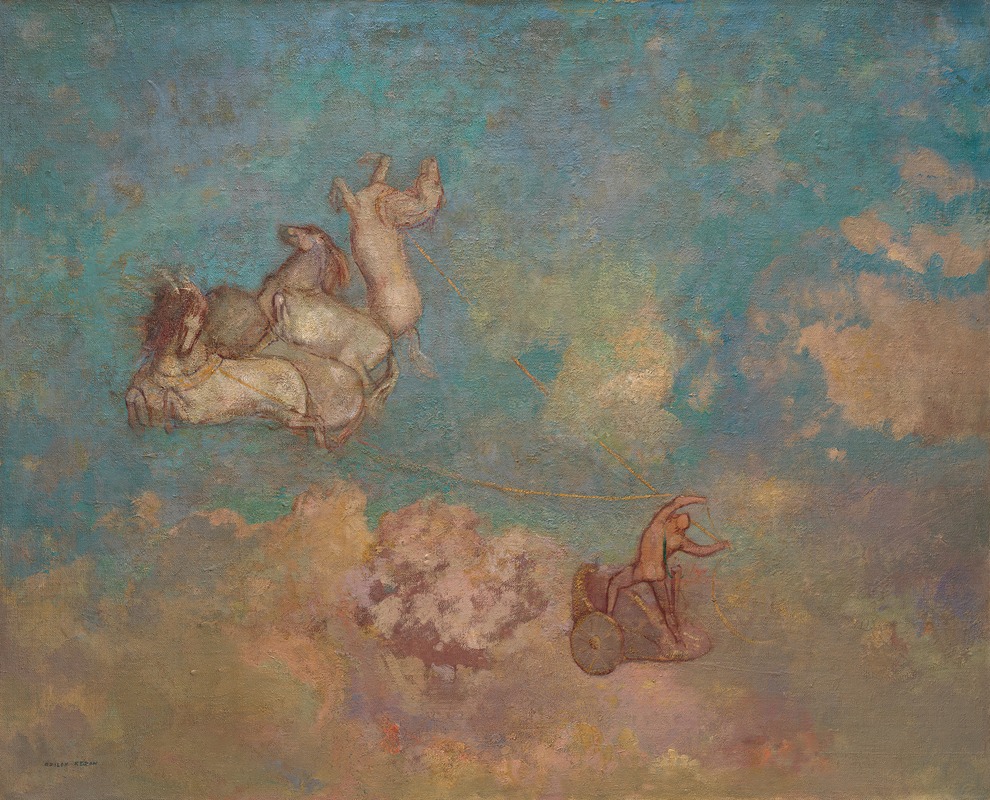
The Chariot of Apollo
A hand-painted replica of Odilon Redon’s masterpiece The Chariot of Apollo, meticulously crafted by professional artists to capture the true essence of the original. Each piece is created with museum-quality canvas and rare mineral pigments, carefully painted by experienced artists with delicate brushstrokes and rich, layered colors to perfectly recreate the texture of the original artwork. Unlike machine-printed reproductions, this hand-painted version brings the painting to life, infused with the artist’s emotions and skill in every stroke. Whether for personal collection or home decoration, it instantly elevates the artistic atmosphere of any space.
Odilon Redon, a prominent French symbolist painter, created "The Chariot of Apollo" in the early 20th century. Redon is renowned for his unique style that blends elements of symbolism and impressionism, often exploring themes of dreams, mythology, and the subconscious. His works frequently feature fantastical imagery and vibrant colors, distinguishing them from the more realistic art of his contemporaries.
"The Chariot of Apollo" is a striking example of Redon's fascination with mythological subjects. Apollo, the Greek god of the sun, music, and prophecy, is a recurring figure in Western art and literature. In mythology, Apollo is often depicted riding a chariot across the sky, symbolizing the sun's journey from dawn to dusk. Redon's interpretation of this mythological scene is both imaginative and evocative, capturing the ethereal and otherworldly qualities associated with the god.
In this painting, Redon employs a rich palette of colors, utilizing pastels to create a dreamlike atmosphere. The use of color is a hallmark of Redon's later works, where he moved away from the monochromatic tones of his earlier "noirs" to embrace a more vibrant and expressive style. The composition of "The Chariot of Apollo" is characterized by its fluid lines and soft contours, which contribute to the overall sense of movement and dynamism. The chariot itself is often depicted as a radiant, almost abstract form, emphasizing the divine and celestial nature of Apollo's journey.
Redon's work is deeply influenced by his interest in literature, music, and philosophy. He was inspired by the writings of Edgar Allan Poe, Charles Baudelaire, and Stéphane Mallarmé, among others, which is reflected in the symbolic and often enigmatic nature of his art. "The Chariot of Apollo" can be seen as an exploration of the intersection between the real and the imaginary, a theme that permeates much of Redon's oeuvre.
The painting is also notable for its exploration of light and shadow, a technique that Redon mastered to convey mood and emotion. The interplay of light in "The Chariot of Apollo" not only highlights the central figure of Apollo but also creates a sense of depth and dimension, drawing the viewer into the mythological narrative.
Odilon Redon's contribution to the symbolist movement and his influence on later artists cannot be overstated. His innovative use of color and form, combined with his ability to evoke the mystical and the mysterious, has left a lasting impact on the art world. "The Chariot of Apollo" stands as a testament to Redon's artistic vision and his ability to transform mythological themes into profound visual experiences.
Today, Redon's works, including "The Chariot of Apollo," are celebrated for their originality and emotional depth. They continue to be studied and admired for their unique blend of symbolism, color, and imagination, offering viewers a glimpse into the artist's inner world and the broader cultural and philosophical currents of his time.





